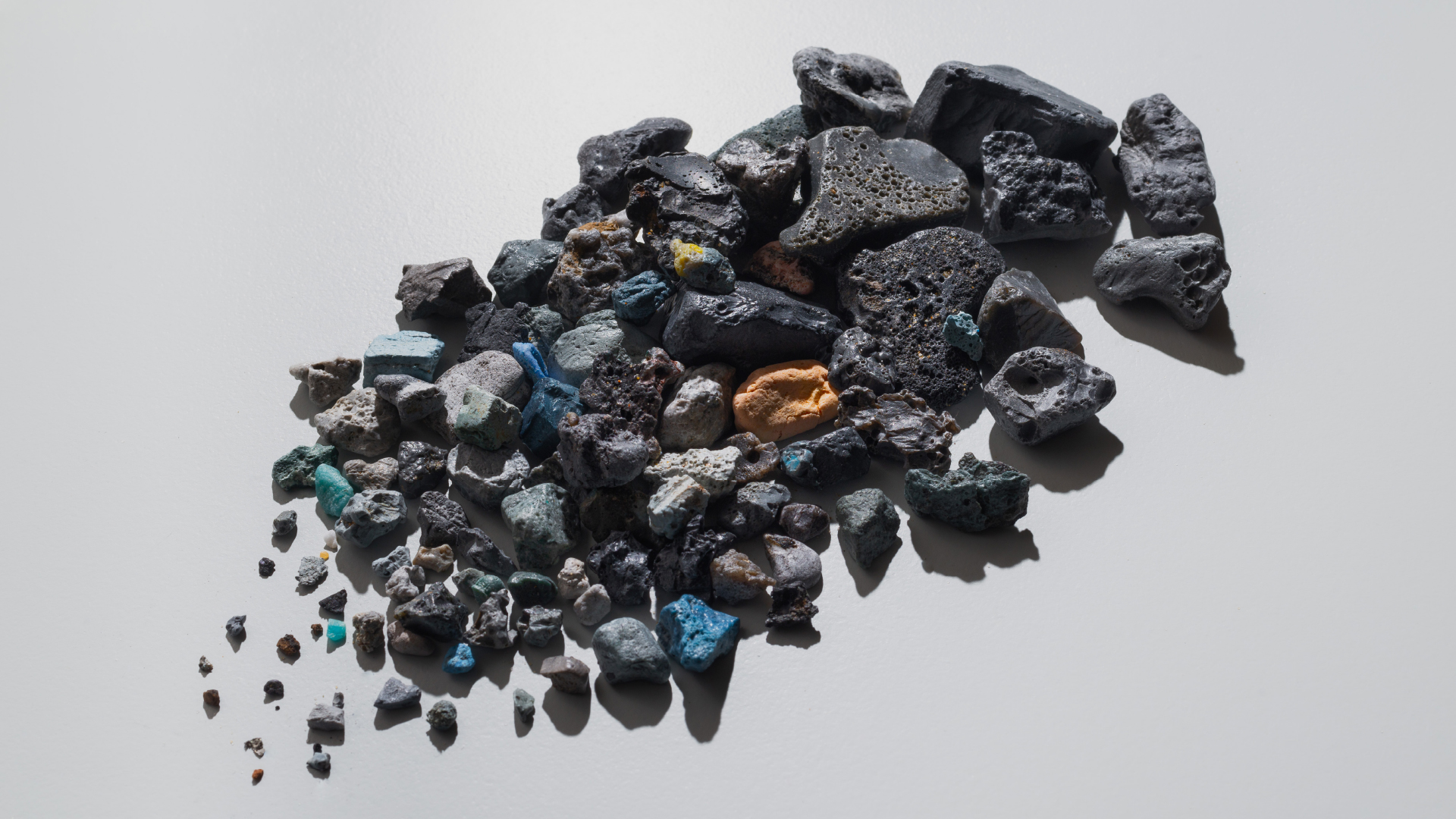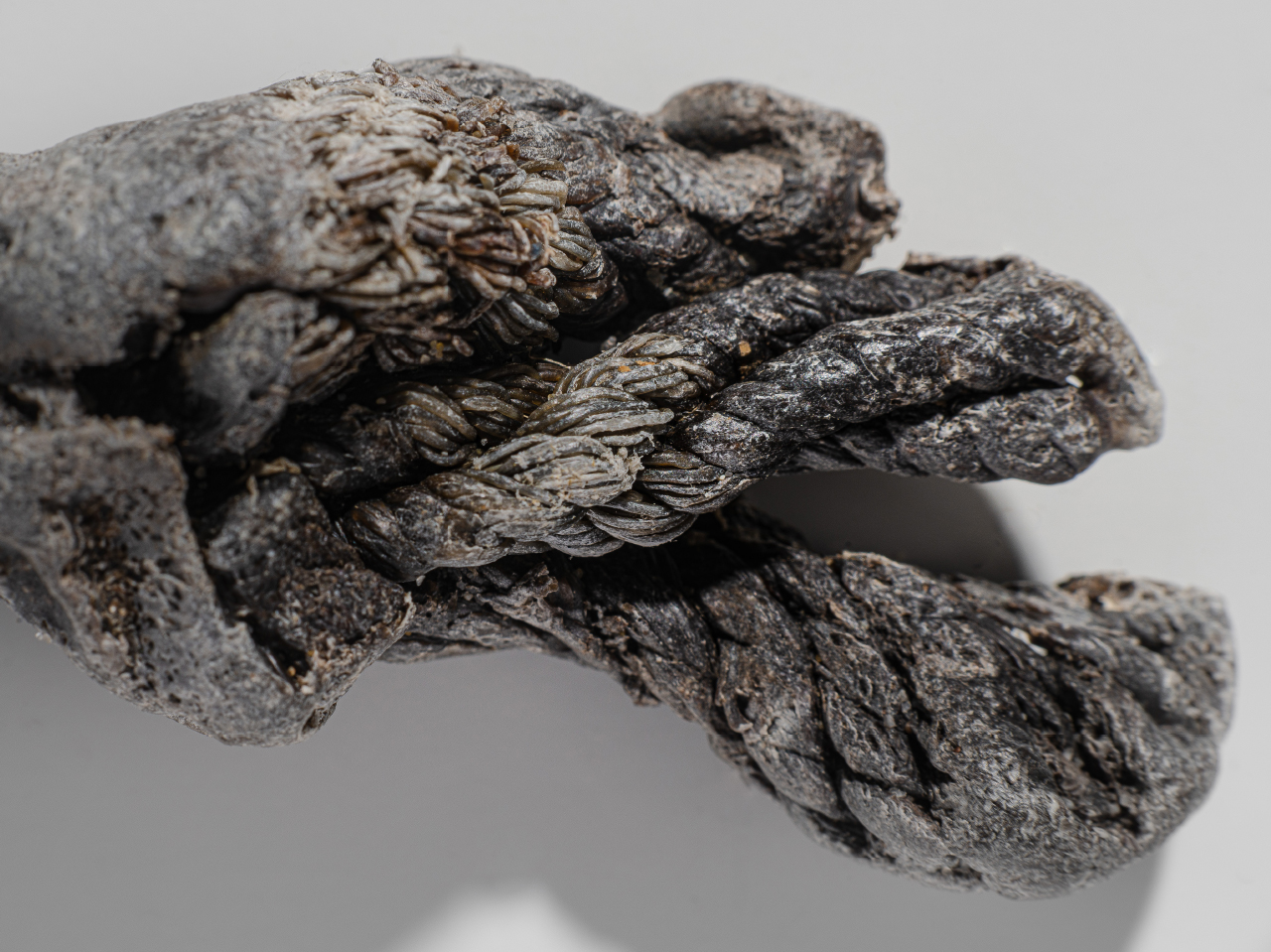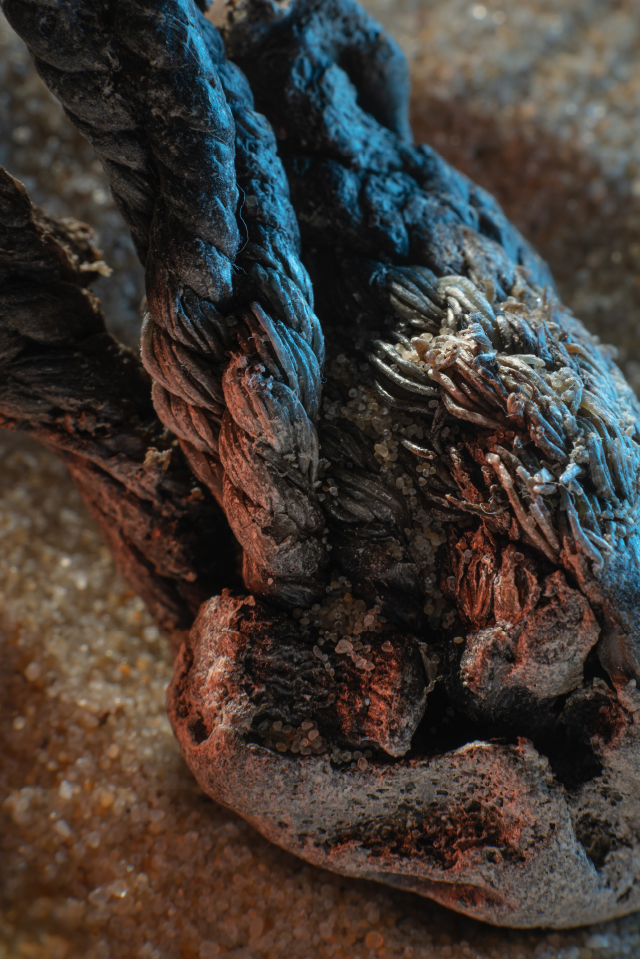
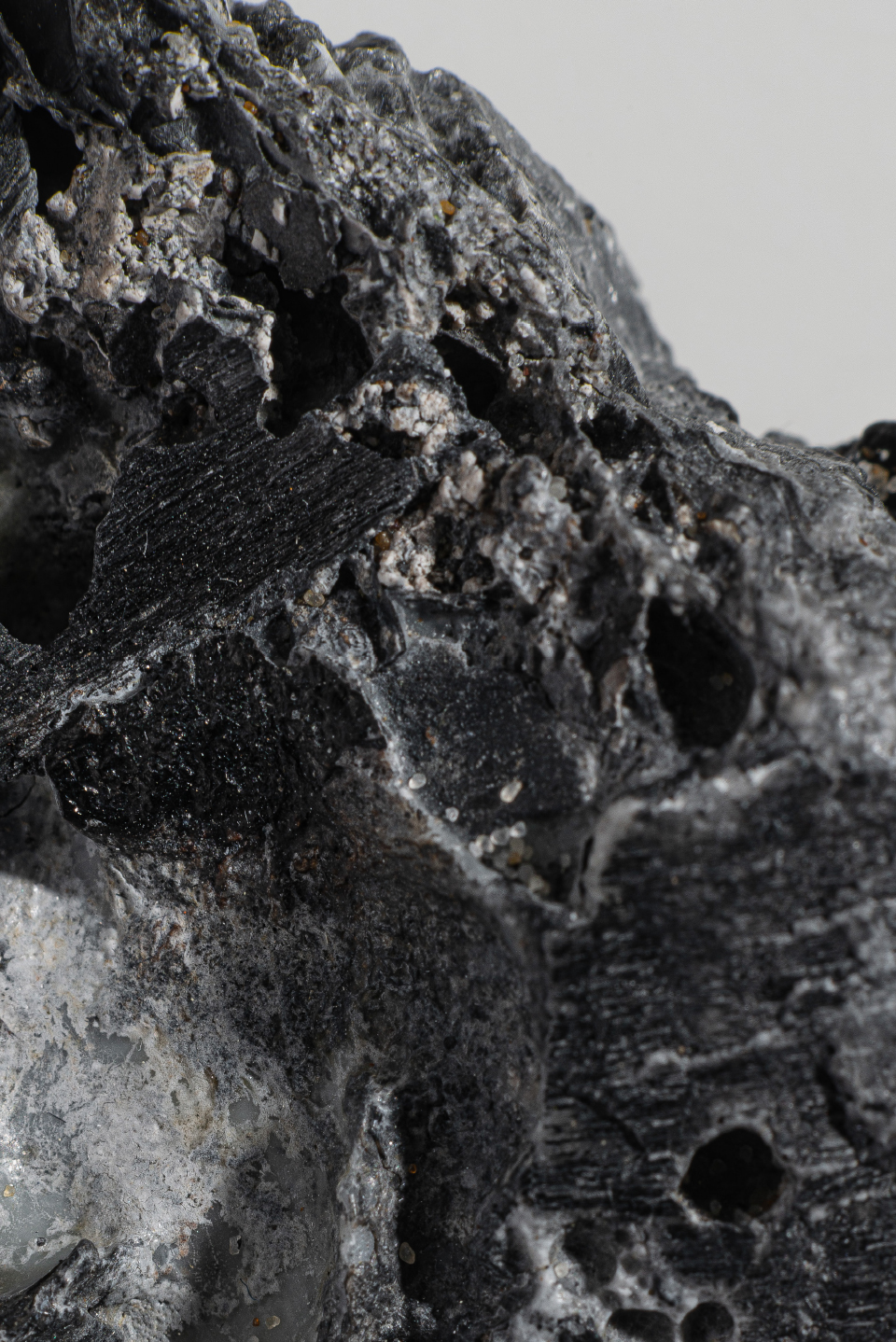


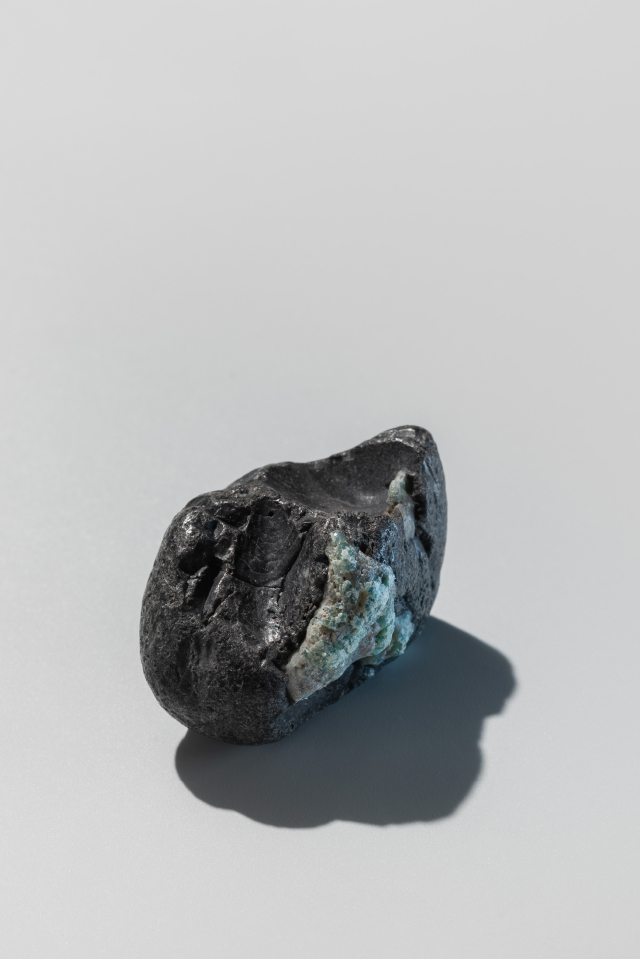
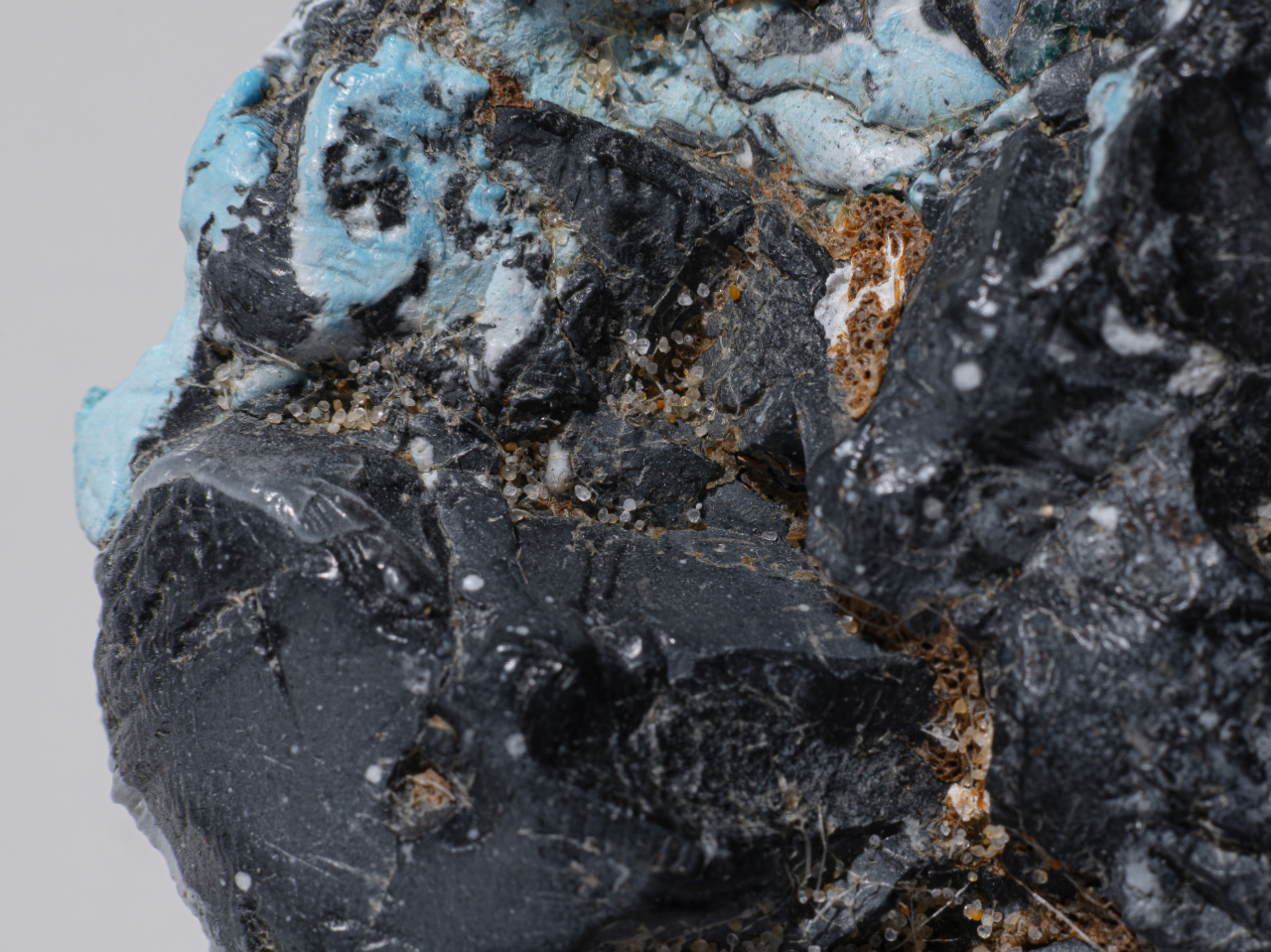

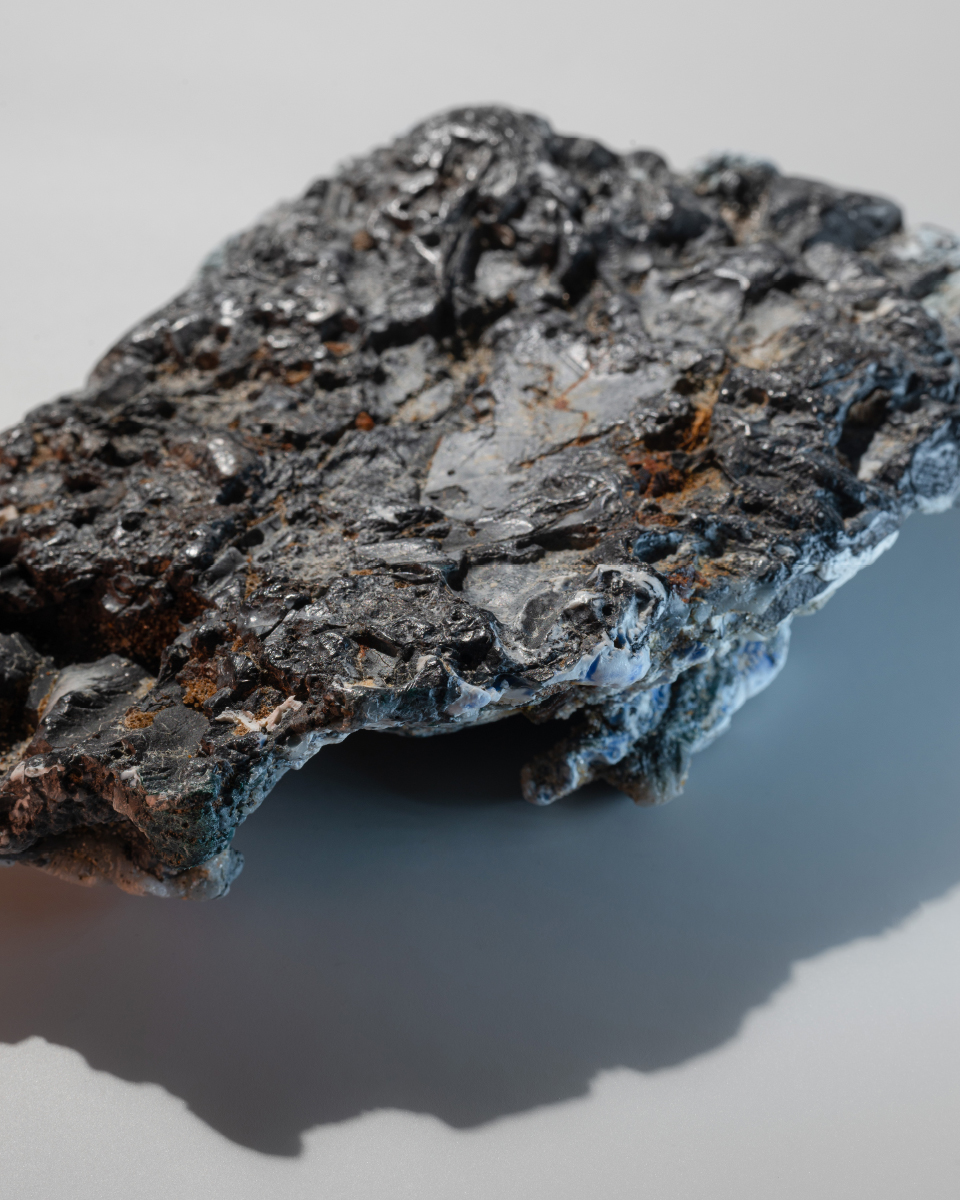
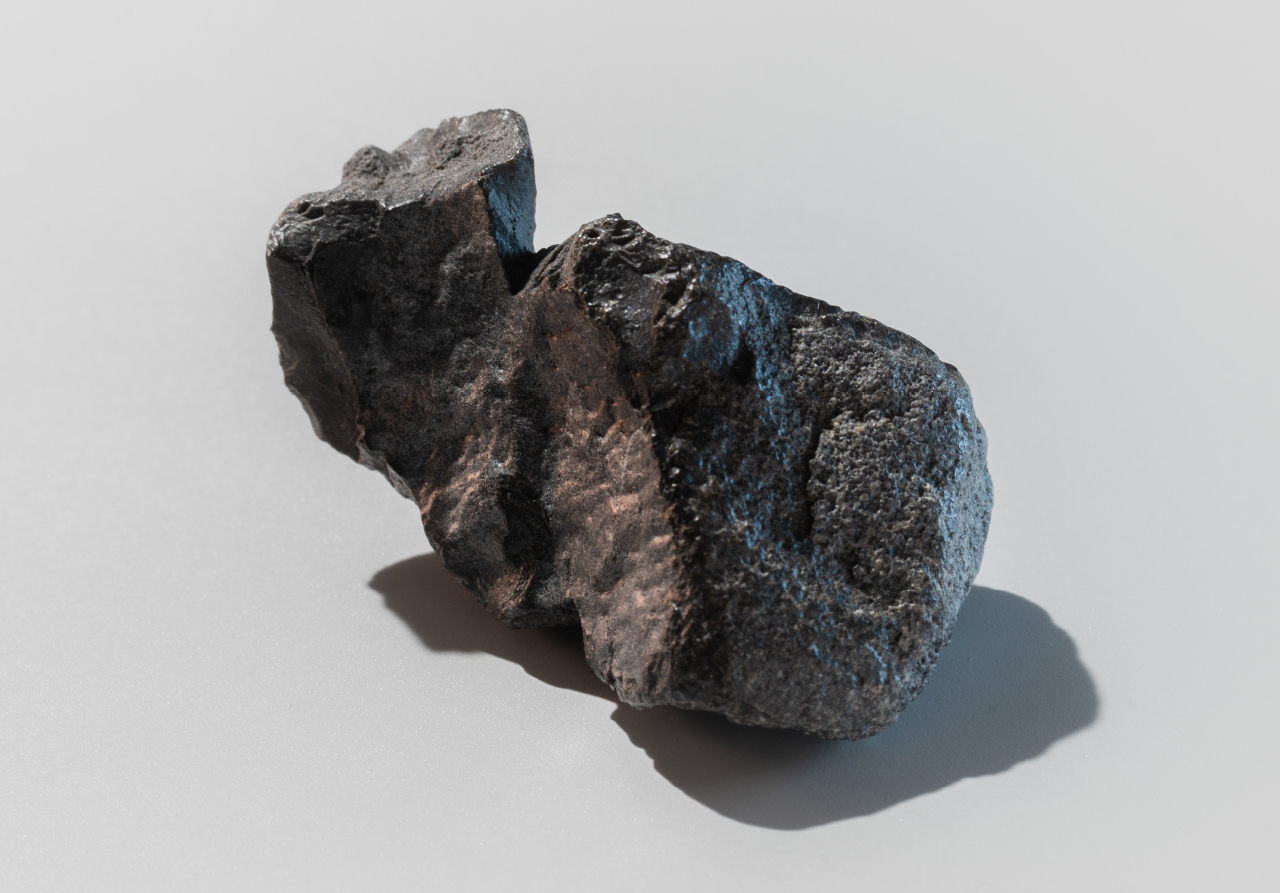
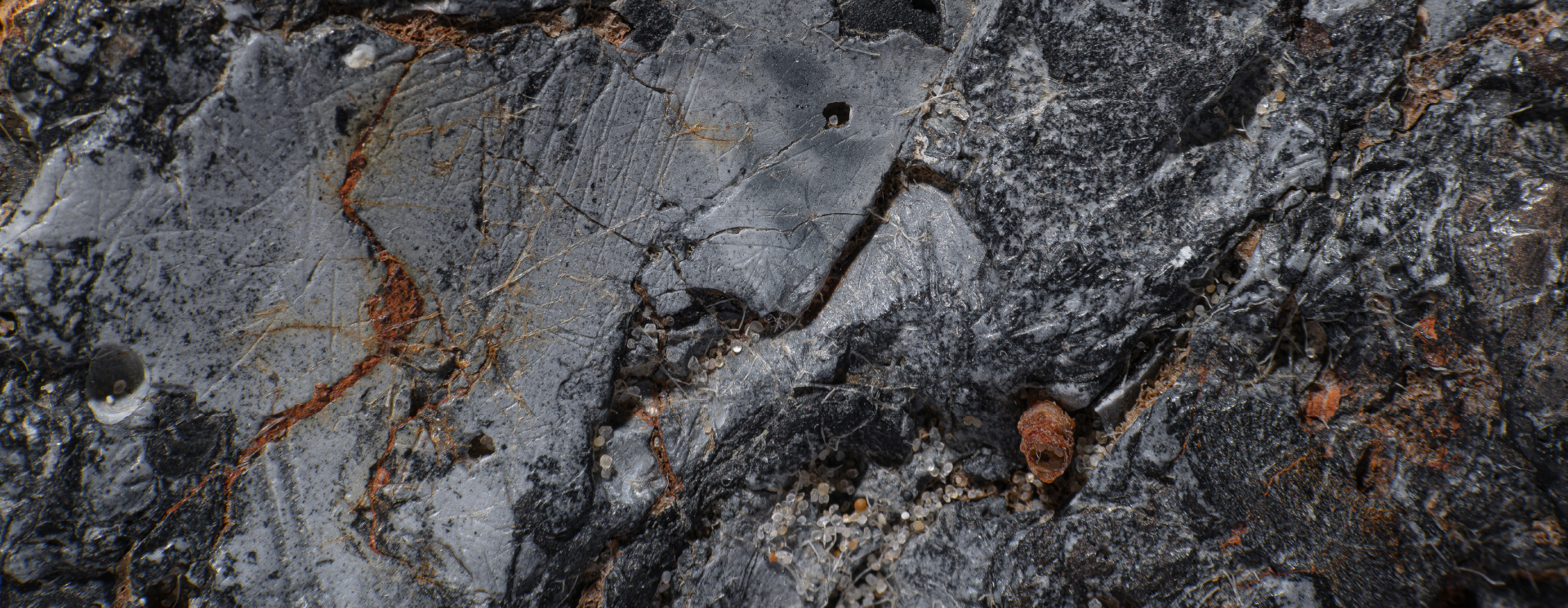
|
New Material Beach (Upstream Tracing) ExxonMobil 8,2% DowDupont 7,8% Sinopec 7,4% Indorama Ventures 6,4% Saudi Aramaco 6,0% Petro China 5,6% LyondellBasell 5,4% Reliance Industries 4,3% Braskem 4,2% Alpek SA de CV 3,2% Borealis 3,1% Lotte Chemical 2,9% INEOS 2,8% Total 2,6% Jiangsu Hailun Petrochemical 2,2% Far Eastern New Century 2,2% |
Formosa Plastics Corporation 2,2% China Energy Investment Group 2,1% PTT 2,1% China Resources 1,8% Nova Chemicals Corporation 1,7% Siam Cement Group 1,5% Phillips 66 1,4% Zhejiang Wankai 1,4% Sumitomo Chemical 1,4% Jiangyin Chengxing Industrial Group 1,3% Chevron Corporation 1,3% Hanwha Chemical 1,3% China Coal 1,1% Rongsheng Group 1,1% Mitsubishi Chemical Corporation 1,1% SIBUR 1,1% Abu Dhabi National Oil Company 1,1% GAIL India 1,0% |
LG Chem 1,0% Westlake Chemical Corporation 0,8% Mitsui Chemicals 0,8% Sasol 0,8% Zhejiang Hengyi Group 0,8% Eni 0,8% Yangchang Group 0,8% Repsol 0,8% Indian Oil Corporation 0,8% Nan Ya Plastics 0,7% SK Innovation Co 0,7% Oil and Natural Gas Corporation 0,7% Octal 0,7% JBF Industries 0,7% MOL Hungarian Oil and Gas 0,7% Baktar Petrochemical 0,7% Shell 0,5% Neo Group 0,5% |
